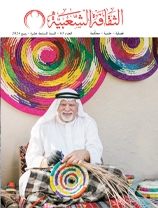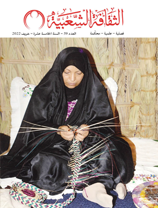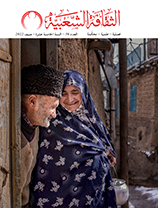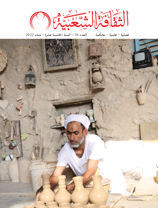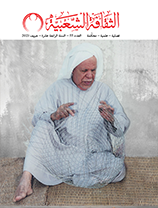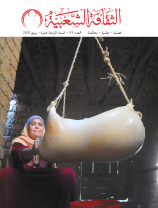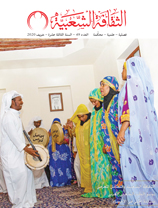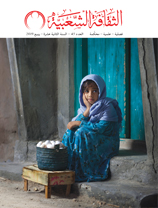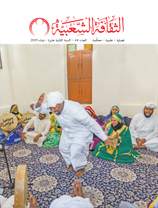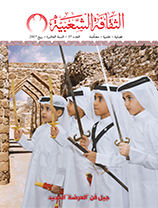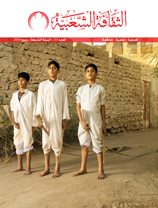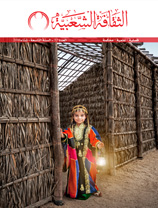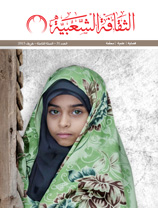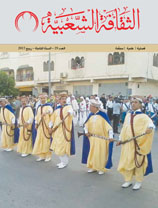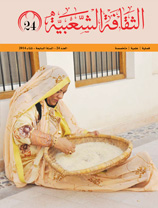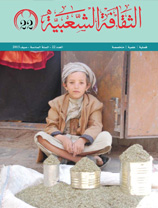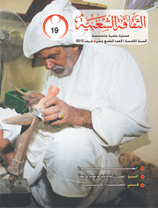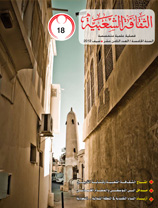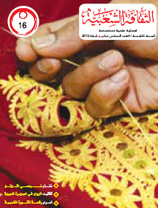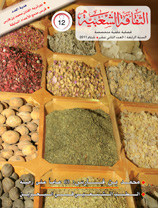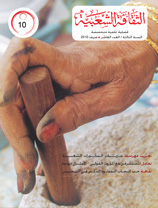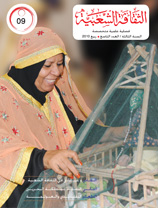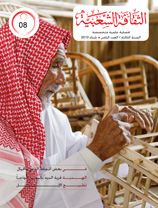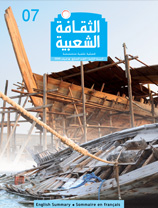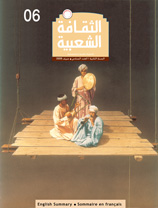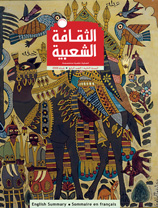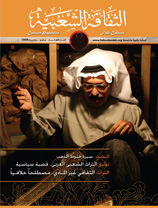Old Kebili: The Unfinished Housing Project
Issue 18
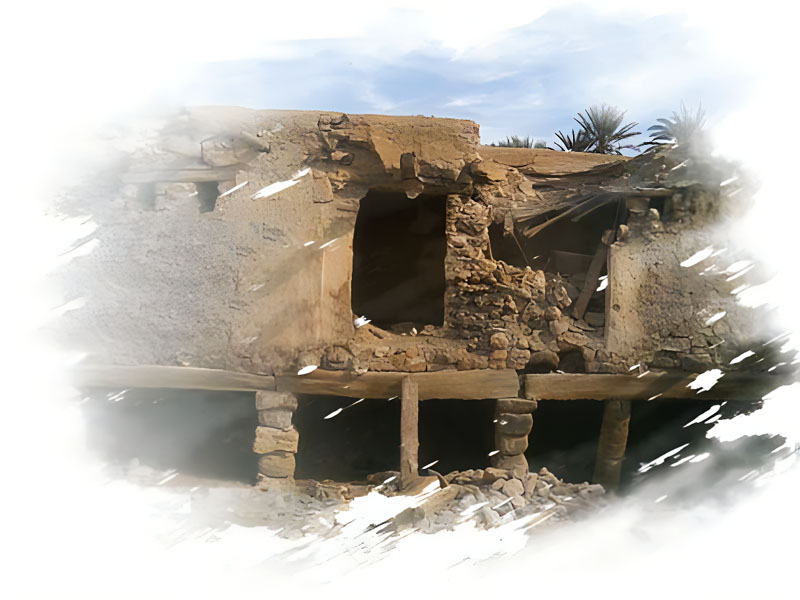
Zeineb Guendouze(Tunisia)
The need for refuge, shelter and stability are among the major needs that drive man to build a house in which to live. The construction of a house requires constant rearrangement, restructuring and customization based on the surrounding space. Once built, the house becomes an open-ended project that can be adapted according to the needs that arise from changes in the surroundings.

The traditional housing in Old Kebili is residential space, where the environment determined the structure and the continued human experience colored the design. Human attitudes towards life in Old Kebili played a major role in the houses’ architecture and the creativity of their style and designs.
The collective efforts of the community and the communal experiences of the generations resulted in houses that combine the visions of the individual members of the community.
The buildings of Old Kebili are not mere blocks, and their engineering and construction style and materials are not governed by basic rules of construction. Nature is integrated into the engineering of the housing structure.
This link between nature and housing distinguishes the houses, which are adapted often so they never assume a final shape. This adaptation can be seen in the different eras of the history of the place.
Old Kebili, or ‘Kebili Lutah’ as the locals prefer to call it, has been able to welcome and accept all newcomers. The city received one civilization after another, and these civilizations interacted; each left an impact and made it the city that it is today. Each of these civilizations helped to determine the features of the city and its houses during a certain time period, reflecting a close interaction with nature.
The old city in southern Tunisia was abandoned not so long ago. It has very rich architectural features, like much of the Nefzaoua area architecture that has been lost. The architectural features of houses made of mud, palm, wood and limestone survived for a few generations. Kebili alone has retained some of its houses’ features.
First Barbarian-Roman, then Arab-Muslim, Old Kebili is an oasis that has always been a stable location for housing. It is a city that has been modified over and over again, but the current city’s network of alleys, lanes and squares and the existing housing provides us with the opportunity to read the city’s history ourselves on an actual tour in the city, because this network represents the pattern of residential space.
The existence of various civilizations in the city has left a mark. These features and signs are clearly depicted in old city drawings.







